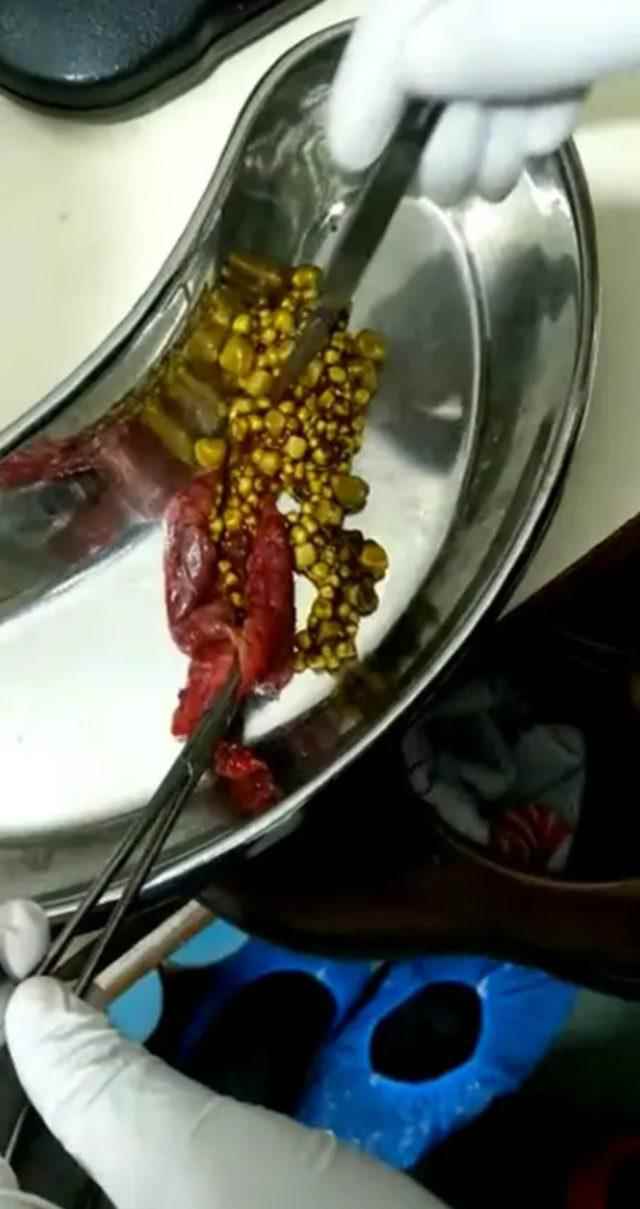Yashoda Bai, who has been suffering from back pain in India for months, decided to go to the doctor. After tests at the hospital, it was learned that the woman had many stones in her gallbladder. The doctors who removed 382 stones from the gallbladder of the woman who was taken into surgery were stunned.
The patient, named Yashoda Bai, first noticed that something was wrong after experiencing severe pain in his back. He was also suffering from chest pain but was unaware of the cause.
He didn’t know that his gallbladder was filled with stones like a human pebble fountain. She initially consulted a local doctor for pain relief, but her family decided to take her to the hospital to get to the root of the problem.
Gallbladder Stones are Fluid Deposits

A subsequent sonography scan revealed that Bai’s bladder contained 382 stones in his gallbladder – some up to 1 centimeter in diameter. Gallstones are “hardened deposits of digestive fluid that can form in your gallbladder.” They usually occur when bile’s cholesterol levels become too high and the excess cholesterol forms hard deposits that can range from smaller than a grain of sand to the size of a golf ball.
THE SURGERY LASTED 2 HOURS
Meanwhile, some people only evolve one of these rock-like spies, while others can spawn more than one at a time. Fortunately, doctors removed all of the woman’s gallstones and gallbladder one by one during a two-hour operation.
Accompanying graphic footage shows the surgeons pulling open the patient’s organ and placing the removed stones and pebbles in a creepy steel bowl. Bai is currently recovering from the procedure. In 2018, 2,350 stones were removed from the gallbladder of another Indian patient.

Gallbladder SYMPTOMS
- It starts in the upper middle and right part of the abdomen and can sometimes spread to the right shoulder blade.
- Pain that starts suddenly, usually after meals
- Pain that increases for 15-20 minutes, then persists for up to 5 hours
- Pain that does not respond to applications such as vomiting, antacid drugs that prevent heartburn, defecation, flatulence, changing position
- Excessive sweating and nausea
- Blunt and intense in character
- Pain that goes away on its own
